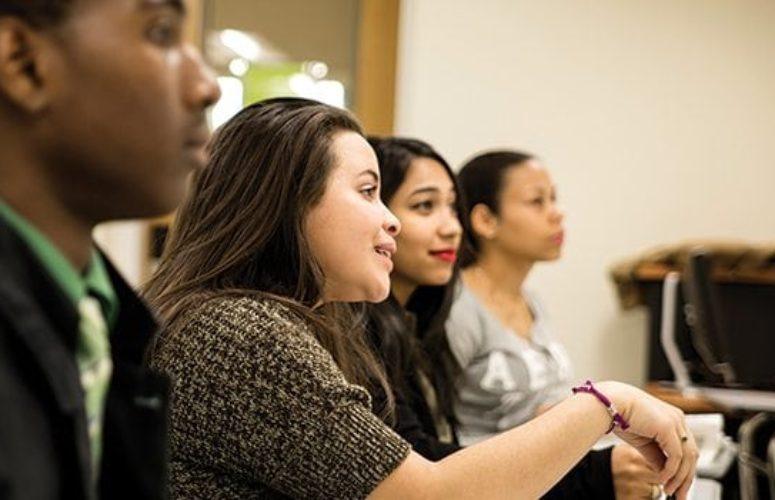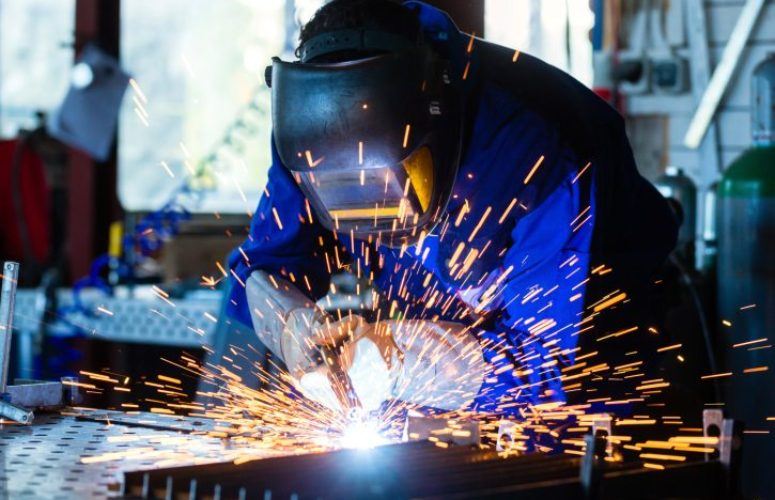
65 by ’25: Many Paths, One Future
A new state postsecondary attainment goal of 65 percent by 2025 paves the way for innovation and collaboration among higher education institutions.
By Rochelle Hendricks, Secretary of Higher Education On May 29, 2017
In collaboration with Governor Christie’s Partnership for Action, led by Lt. Governor Kim Guadagno, the Council on Innovation and the State Employment and Training Commission, we are finding ways to leverage and align state resources to maximize outcomes and increase our competitiveness in key areas.
New Jersey has long been known as a highly educated state, with a postsecondary attainment rate recently estimated to be at 50.1 percent. That means 50.1 percent of the working-age adults have attained some level of postsecondary education, whether it be a college degree, a certificate or an industry-recognized credential.
While we are proud our state is among the best-educated in the nation, an attainment rate of 50.1 percent will not meet the needs of tomorrow’s economy.
To keep pace with dramatic demographic changes in a rapidly changing economy, we have to aim higher. That is why, with the support of a declaration signed by Governor Christie, we have established an attainment goal of 65 percent by 2025, a goal which is both aspirational and attainable.
The goal was established when I signed a joint policy resolution with John McGoldrick, chair of the Governor’s Higher Education Council and Aaron Fichtner, acting commissioner of the Department of Labor and Workforce Development. The resolution was also endorsed by the State Employment Training Commission and supported by Lt. Governor Guadagno.
Although the commitment to a specific goal is new, we are already developing programs to increase the number of adults with postsecondary credentials. We will improve the number of minorities and women seeking Science, Technology, Engineering and Mathematics (STEM)-related careers while we collaborate with business and industry to find ways to increase the number of skilled workers in the state talent pool. We will continue to convene stakeholders to discover how to best enhance degree attainment through improved coordination, focus and planning.
Surely, as New Jersey Business magazine suggests, colleges and universities can be the “innovation connection” with business and industry. One essential way we can achieve that goal is to meet the demand for highly skilled talent while providing our citizens with real opportunities for rewarding careers in a strong state economy.
The Christie Administration has also provided our students with world-class facilities in which they can study, learn and conduct cutting-edge research.
With bipartisan support from the Legislature, the Governor signed the Building Our Future Bond Act into law on August 7, 2012, the first voter-approved funding dedicated to higher education capital improvement projects since 1988. The legislation provided $1.3 billion in capital funding. The initial grant cycle provided funding for 176 construction projects and facility upgrades at 46 institutions in every region of the state. In November 2015, a second round of facilities funding, totaling $180 million, was announced and 35 new grants were approved for 32 institutions.
At least $900 million of the $1.5 billion in construction and renovations has been targeted for projects related to STEM programs.
To make the necessary connections to the jobs of tomorrow, we have established an aspirational postsecondary attainment goal, formed innovative partnerships and provided world-class facilities to keep New Jersey’s colleges and universities among the best in the world. Working together, we will meet the challenge.
Related Articles:






